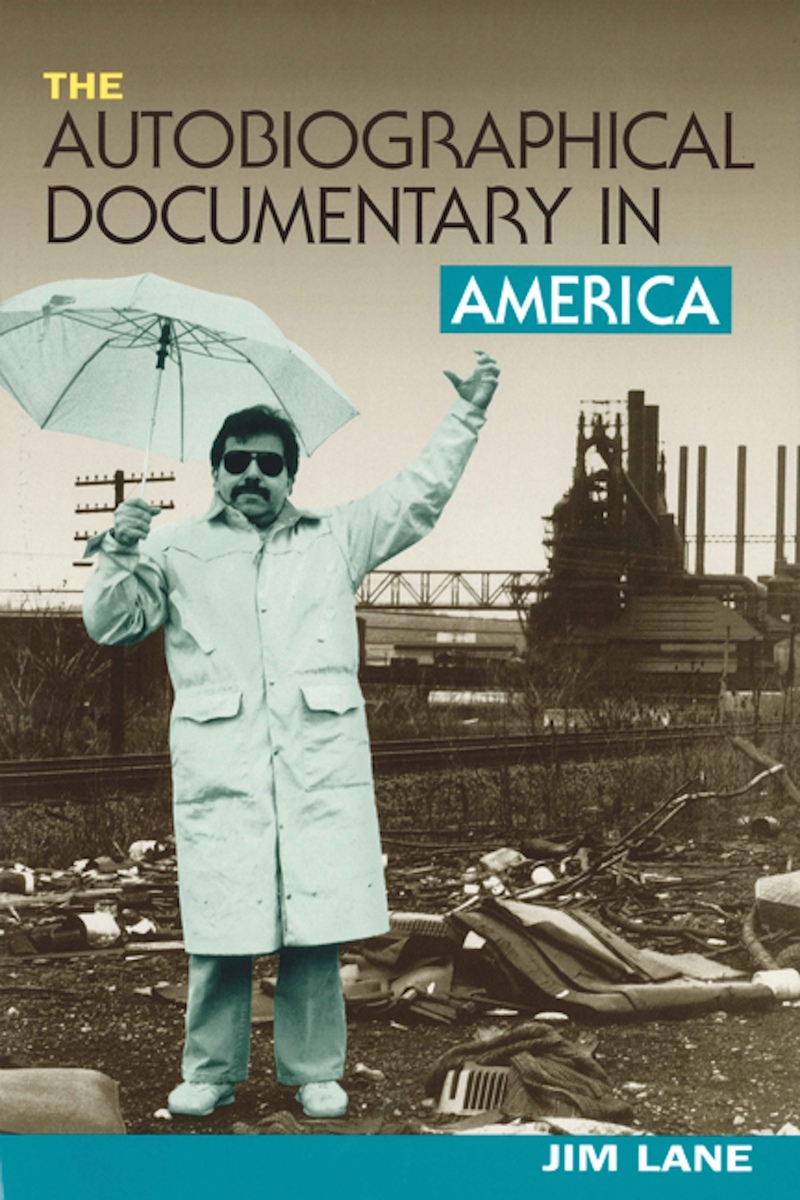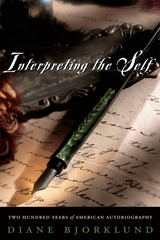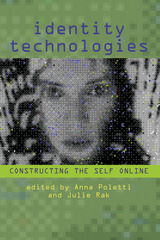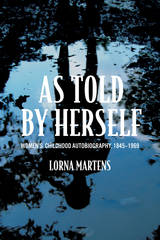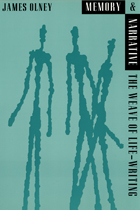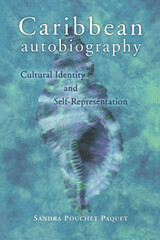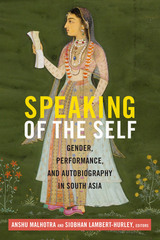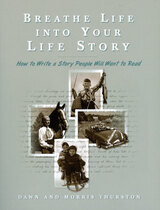Paper: 978-0-299-17654-9 | eISBN: 978-0-299-17653-2 | Cloth: 978-0-299-17650-1
Library of Congress Classification CT25.L27 2002
Dewey Decimal Classification 920.073
Since the late 1960s, American film and video makers of all genres have been fascinated with themes of self and identity. Though the documentary form is most often used to capture the lives of others, Jim Lane turns his lens on those media makers who document their own lives and identities. He looks at the ways in which autobiographical documentaries—including Roger and Me, Sherman’s March, and Silverlake Life—raise weighty questions about American cultural life. What is the role of women in society? What does it mean to die from AIDS? How do race and class play out in our personal lives? What does it mean to be a member of a family? Examining the history, diversity, and theoretical underpinnings of this increasingly popular documentary form, Lane tracks a fundamental transformation of notions of both autobiography and documentary.
See other books on: America | Autobiography | Documentary films | Film | Performing Arts
See other titles from University of Wisconsin Press
